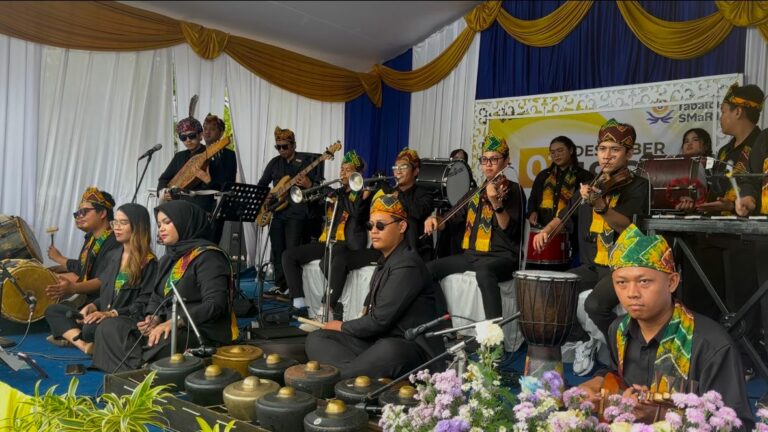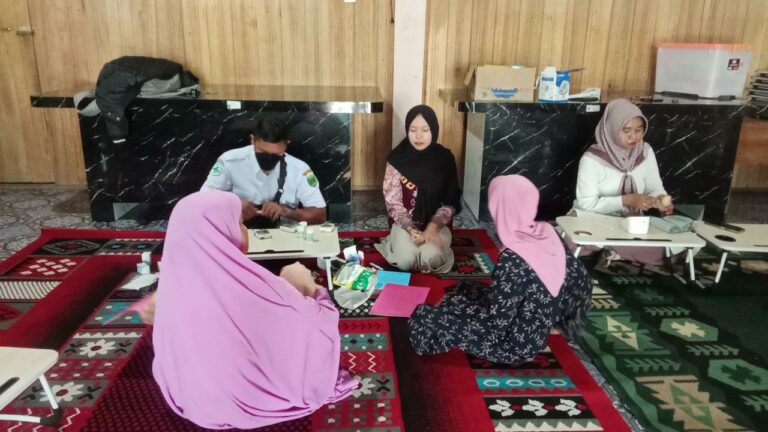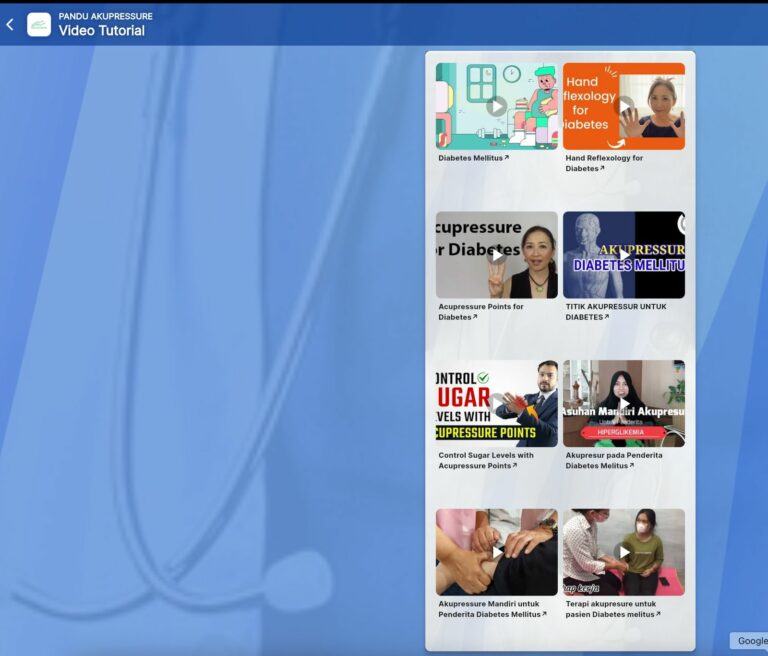Universitas Muhammadiyah Kalimantan Timur Samarinda: Empowering Future Leaders
With its mission to provide quality education and develop ethical and competent graduates, Universitas Muhammadiyah Kalimantan Timur Samarinda (UMKT Samarinda) has become one of the premier institutions of higher learning in the region. It offers a diverse range of undergraduate and graduate programs, as well as research and community service initiatives that contribute to the socio-economic development of Kalimantan Timur.
This article will explore the history, programs, facilities, and achievements of UMKT Samarinda. It will also answer frequently asked questions about the institution.
History of UMKT Samarinda
UMKT Samarinda was established on June 23, 1981, by the Muhammadiyah Central Board based in Yogyakarta. It started with only two faculties, namely the Faculty of Agriculture and Animal Husbandry and the Faculty of Islamic Studies.
In 1999, UMKT Samarinda expanded its offerings with the addition of a Faculty of Social and Political Sciences and a Faculty of Teacher Training and Education. In 2006, it opened the Faculty of Economics and Business, followed by the Faculty of Engineering and Technology in 2016.
Currently, UMKT Samarinda has six faculties, offering a total of 25 undergraduate programs, 10 graduate programs, and one doctoral program.
Programs Offered at UMKT Samarinda
UMKT Samarinda offers a wide range of programs in various disciplines, all aimed at developing competent and ethical graduates. These programs are as follows:
1. Faculty of Agriculture and Animal Husbandry
Undergraduate Programs:
– Agribusiness
– Animal Science
– Agrotechnology
– Agricultural Engineering
Graduate Programs:
– Master of Agribusiness
– Master of Agrotechnology
2. Faculty of Islamic Studies
Undergraduate Programs:
– Islamic Education
– Sharia Economics and Banking
– Sharia Law
Graduate Programs:
– Master of Islamic Education
– Master of Sharia Law
3. Faculty of Social and Political Sciences
Undergraduate Programs:
– Communication Science
– Sociology
– International Relations
– Government Science
Graduate Programs:
– Master of Communication Science
– Master of Sociology
– Master of International Relations
4. Faculty of Economics and Business
Undergraduate Programs:
– Management
– Accounting
– Islamic Economics and Finance
– Public Administration
Graduate Programs:
– Master of Management
– Master of Accounting
– Master of Islamic Economics and Finance
5. Faculty of Teacher Training and Education
Undergraduate Programs:
– Indonesian Language and Literature Education
– English Language Education
– Kindergarten Teacher Education
– Elementary Teacher Education
– Guidance and Counseling Education
– Education of Services
Graduate Programs:
– Master of Indonesian Language Education
– Master of English Language Education
– Master of Kindergarten Teacher Education
– Master of Elementary Teacher Education
– Master of Guidance and Counseling Education
6. Faculty of Engineering and Technology
Undergraduate Programs:
– Civil Engineering
– Electrical Engineering
– Mechanical Engineering
– Architectural Engineering
Graduate Program:
– Master of Engineering
Additionally, UMKT Samarinda also offers a Doctor of Islamic Education program.
Facilities at UMKT Samarinda
UMKT Samarinda has a well-equipped campus that provides a conducive learning environment for students. Its facilities include:
1. Academic Facilities
UMKT Samarinda has modern and well-equipped classrooms, laboratories, and libraries for each of its faculties. It also has an e-learning system that allows for distance learning and online classes.
2. Sports Facilities
UMKT Samarinda has a sports complex that includes a soccer field, a basketball court, a volleyball court, a futsal court, and a fitness center.
3. Student Living Facilities
UMKT Samarinda has several student dormitories that provide affordable and comfortable living spaces for its students. It also has a cafeteria that serves a variety of meals and snacks.
4. Transportation Facilities
UMKT Samarinda provides shuttle buses and motorcycles for students’ convenience in commuting to and from the campus.
Achievements of UMKT Samarinda
UMKT Samarinda has gained recognition for its excellence in education and contributions to the community. Some of its notable achievements include:
1. Accreditation
UMKT Samarinda’s six faculties have all been accredited by the National Accreditation Board for Higher Education (BAN-PT).
2. Research
UMKT Samarinda has been involved in various research projects that have contributed to the development of the region. One of its notable research initiatives is in the field of agribusiness, which aims to develop sustainable farming practices and increase agricultural productivity.
3. Community Service
UMKT Samarinda has been actively engaged in various community service initiatives, such as providing free health services and training programs for local communities.
4. Internationalization
UMKT Samarinda has collaborated with several international universities, such as Chiang Mai University in Thailand and Universiti Teknologi MARA in Malaysia, for exchange programs and joint research projects.
Frequently Asked Questions
1. What is the admission process at UMKT Samarinda?
Admission to UMKT Samarinda is based on academic achievements, entrance tests, and interviews. Application forms can be obtained online or from the admission office.
2. How much does it cost to study at UMKT Samarinda?
Tuition fees at UMKT Samarinda vary depending on the program and faculty. However, it is generally affordable compared to other universities in the region. Scholarships are also available for eligible students.
3. What is the language of instruction at UMKT Samarinda?
The language of instruction at UMKT Samarinda is Indonesian, except for the English Language Education program, which is taught in English.
4. Does UMKT Samarinda provide career services for its graduates?
Yes, UMKT Samarinda provides career services, such as job fairs, career counseling, and alumni networking.
5. What is the campus life like at UMKT Samarinda?
UMKT Samarinda has a vibrant campus life with various student organizations, clubs, and activities. It also has a diverse student population, with students from various regions and backgrounds.



